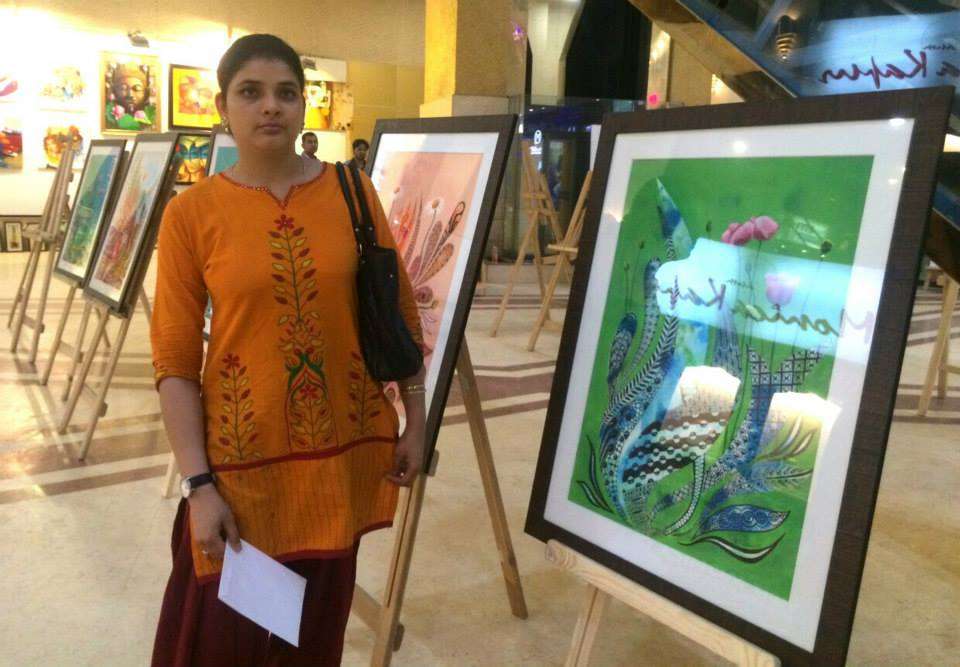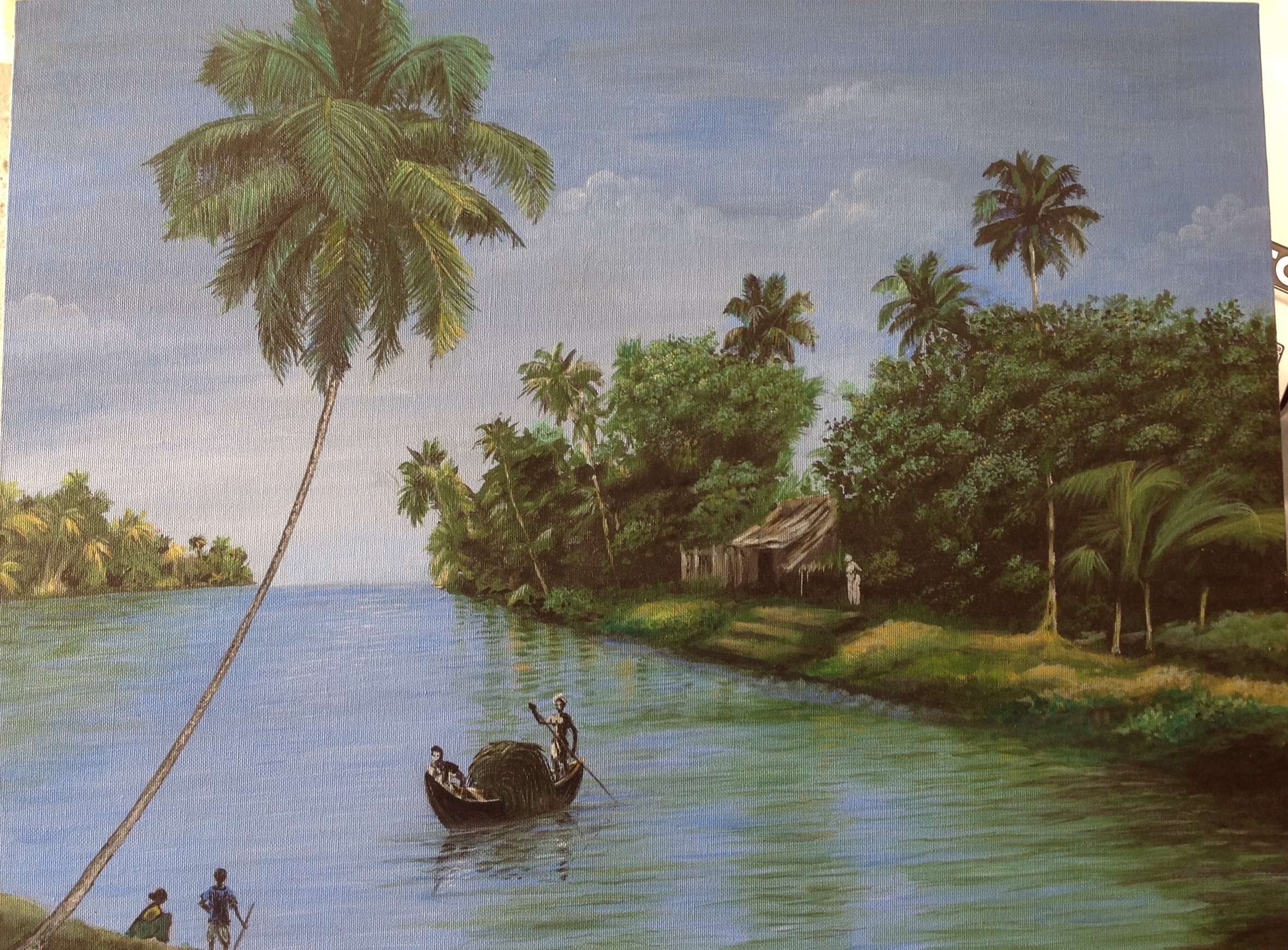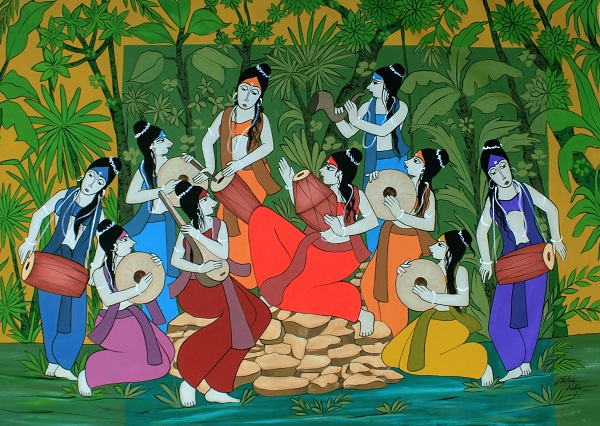
The world of art, filled with a myriad of expressions, takes us on a captivating journey through both history and diverse mediums. As we set forth on this exploration into the realms of creativity, we discover ourselves positioned at the intersection of tradition and innovation: traditional paintings and acrylic paintings. Here, the strokes of history meet the vibrancy of modernity. Picasso once said, 'Every act of creation is first an act of destruction.' This sentiment encapsulates the essence of our exploration today.
Read on to explore the fascinating journey of art through the traditional strokes of masters and the dynamic vibrancy of acrylic mediums.
Historical Roots of Traditional Painting
In the vast history of art, the roots of traditional painting run deep, capturing the essence of diverse cultures and epochs. A journey into the historical origins unveils a treasure trove of techniques, movements, and periods that have shaped the artistic landscape across generations.
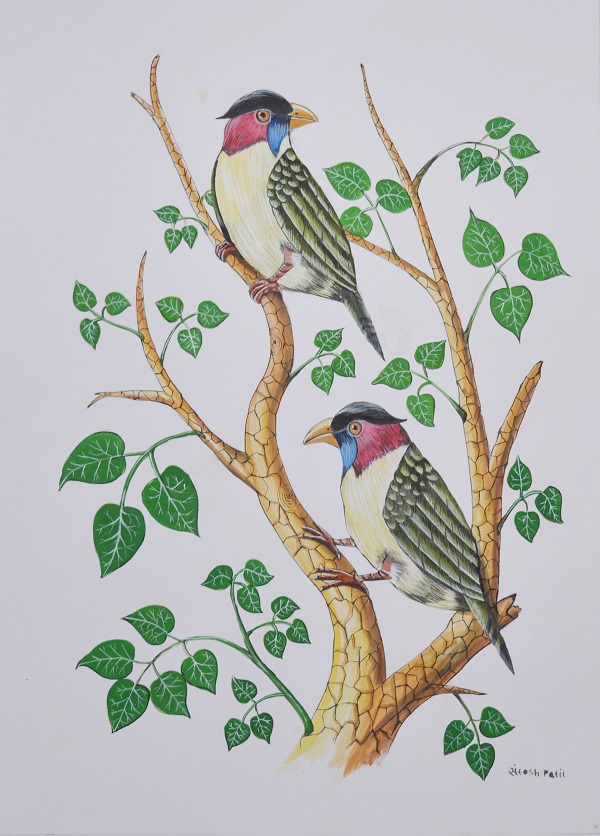
Exploration of Traditional Painting Techniques
Traditional painting techniques serve as the foundational brushstrokes that have withstood the test of time. Artists throughout history have employed various methods to convey their visions on canvas. From the meticulous application of egg tempera during the Byzantine era to the revolutionary use of oil paints during the Renaissance, each technique reflects the cultural and technological nuances of its time. The delicate balance of light and shadow in chiaroscuro, the meticulous detailing of miniature paintings, and the expressive power of impasto are just a few examples that underscore the diverse palette of traditional painting techniques.
Notable Traditional Art Movements and Periods
Let's have a quick look at traditional art movements and periods:
-
Renaissance
The Renaissance, a profound cultural resurgence spanning the 14th to the 17th century, stands as a pivotal chapter in the unfolding narrative of artistic evolution. It bore witness to a rekindling of classical themes and a notable shift towards realism. Visionaries of the era, including the esteemed names of Leonardo da Vinci, Michelangelo, and Raphael, spearheaded innovations like perspective, anatomical precision, and sfumato—techniques that would leave an indelible mark on the canvas of art history. Their masterpieces not only adorned the halls of patrons but also laid the groundwork for artistic principles that endure to this day.
-
Baroque
Following the Renaissance, the Baroque period emerged in the 17th century, ushering in a theatrical and emotionally charged style. Caravaggio's dramatic use of light and shadow, the grandeur of Peter Paul Rubens' compositions, and the intricate details of Rembrandt's work defined the Baroque movement. The period's emphasis on intensity, movement, and contrast marked a departure from the restrained elegance of the Renaissance.
-
Romanticism
As the 18th century unfolded, the Romantic movement embraced emotion, individualism, and a fascination with nature. Artists like J.M.W. Turner, Caspar David Friedrich, and Eugène Delacroix sought to evoke powerful feelings through their works. Romantic painters often used vibrant colors, sublime landscapes, and expressive brushwork to convey a sense of awe and introspection, challenging the rationality that had dominated the preceding Enlightenment era.
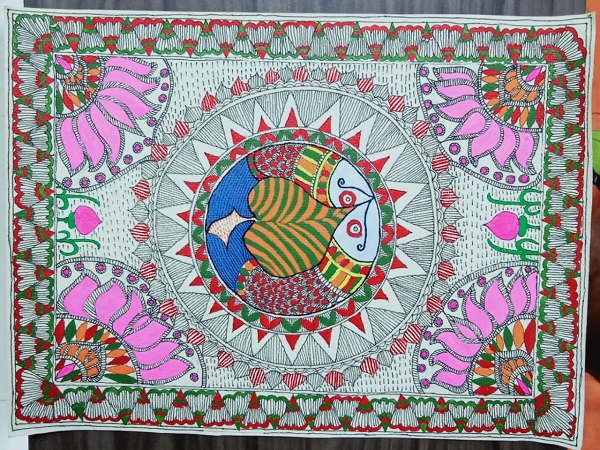
Impact of Traditional Art on Subsequent Generations
The impact of traditional art resonates far beyond the eras that gave it life. The techniques pioneered by artists of the past continue to influence contemporary creators, providing a rich vocabulary for artistic expression. The legacy of the Renaissance's pursuit of realism is evident in the meticulous portraiture of modern artists. At the same time, the emotional intensity of Baroque compositions finds echoes in the evocative works of 21st-century painters. Traditional paintings serves as a bridge across time, connecting us to the visions and innovations of our artistic forebears, shaping the very foundation upon which new generations of artists continue to build.
Emergence of Acrylic Painting
The world of art underwent a significant transformation with the advent of acrylic painting—a medium characterized by its dynamic features and limitless potential. Coined from the Latin term "acrolein," acrylic burst onto the scene in the mid-20th century, captivating the minds of artists and inaugurating a fresh era of creative exploration. What sets acrylic apart from its forerunners is its water-based composition, ensuring rapid drying times. This characteristic not only encourages spontaneity but also empowers artists to delve into a realm of diverse techniques. As a result, acrylics have surged in popularity, becoming an essential component in the artistic toolkit for creators worldwide.
Historical Context and Development of Acrylic Paints
To truly understand the impact of acrylic painting, we must delve into its historical roots. The journey began in the 1940s when industrial chemists sought a durable and fast-drying alternative to oil paint. Acrylics emerged as a result of blending pigments with a polymer emulsion. It offers artists unprecedented control over drying times and layering. Pioneering artists like Sam Golden and Leonard Bocour played pivotal roles in refining and popularizing acrylics. They paved the way for a medium that bridged the gap between oil and watercolor.
Advantages and Versatility of Acrylics over Traditional Mediums
Acrylics bring a myriad of advantages to the artist's palette, fundamentally altering the artistic landscape:
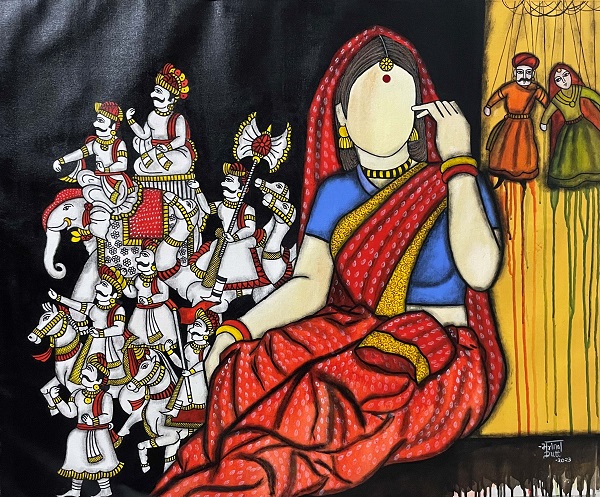
-
The quick-drying nature of acrylics allows for faster layering and experimentation, enabling artists to build depth and texture swiftly.
-
Unlike traditional oil paints, acrylics are water-soluble, making cleanup a breeze. This water-based property also facilitates the creation of translucent glazes and vibrant washes, offering a level of versatility that was previously unattainable.
-
Acrylics boast remarkable flexibility. Artists can apply them to a variety of surfaces, from canvas and paper to wood and fabric, expanding the realm of artistic possibilities. The color range is extensive, with vibrant hues that retain their intensity over time.
-
As a bonus, acrylics are known for their resilience; once dry, they form a durable and flexible surface, resistant to cracking or yellowing, ensuring the longevity of the artwork.
Interplay Between Traditional and Acrylic Mediums
Art, as a dynamic and ever-evolving form of expression, finds its zenith in the interplay between traditional and acrylic mediums. This intricate dance of heritage and innovation has given rise to a realm of hybrid techniques, visionary artists, and a kaleidoscope of styles that transcend the boundaries of convention.
Hybrid Techniques: Blending Traditional and Acrylic Elements
In the world of art, boundaries are meant to be pushed, and traditions are meant to be redefined. Hybrid techniques, the offspring of this creative rebellion, seamlessly blend the time-honored methods of traditional painting with the bold and versatile strokes of acrylics. Imagine the delicate texture of impasto, a technique rooted in tradition, infused with the vibrant hues and rapid drying properties of acrylics. This fusion not only adds depth and dimension but also unlocks a new realm of possibilities for artists seeking to marry the best of both worlds.
Consider the innovative use of glazes, where transparent layers of acrylics breathe life into traditional oil paintings. This dynamic combination not only accelerates the drying process but also introduces a luminosity and clarity that transcends what either medium could achieve in isolation. The result is a harmonious marriage of texture, color, and luminosity—a testament to the limitless potential born from the interplay of tradition and modernity.
Evolution of Styles Influenced by the Combination of Traditional and Acrylic Techniques
As artists continue to experiment with the interplay of traditional and acrylic techniques, a fascinating evolution of styles unfolds before our eyes. The combination of these mediums has given rise to a spectrum of styles that defy categorization, each stroke telling a story of the past and the future simultaneously.
Consider the emergence of 'Neo-Classic Fusion,' a style where classical subjects are reimagined with a contemporary twist, blending the timelessness of traditional subjects with the bold and vivid palette of acrylics. This stylistic evolution not only pays homage to the roots of art but also propels it forward. It ensures that each creation is a dialogue between the echoes of tradition and the resonance of modernity.
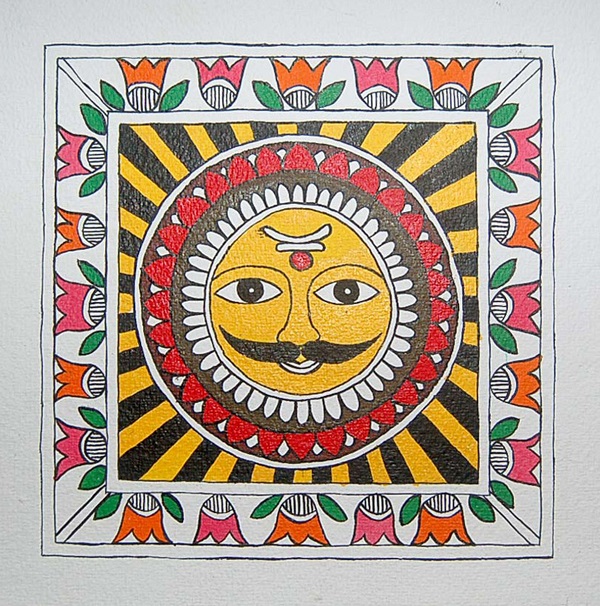
Wrapping Up
As we stand amidst this artistic tapestry, it's clear that the interplay between traditional and acrylic paintings is not just a creative dialogue but a celebration of human ingenuity. Tradition offers us roots, grounding us in the heritage of artistic expression. On the other hand, acrylics propel us forward with their boundless potential.
If you're inspired by the harmonious interplay between tradition and acrylics, we invite you to explore our portfolio. Immerse yourself in a world where tradition meets innovation, and every stroke tells a story. Visit Indian Art Ideas to discover the canvas of possibilities that awaits you.















